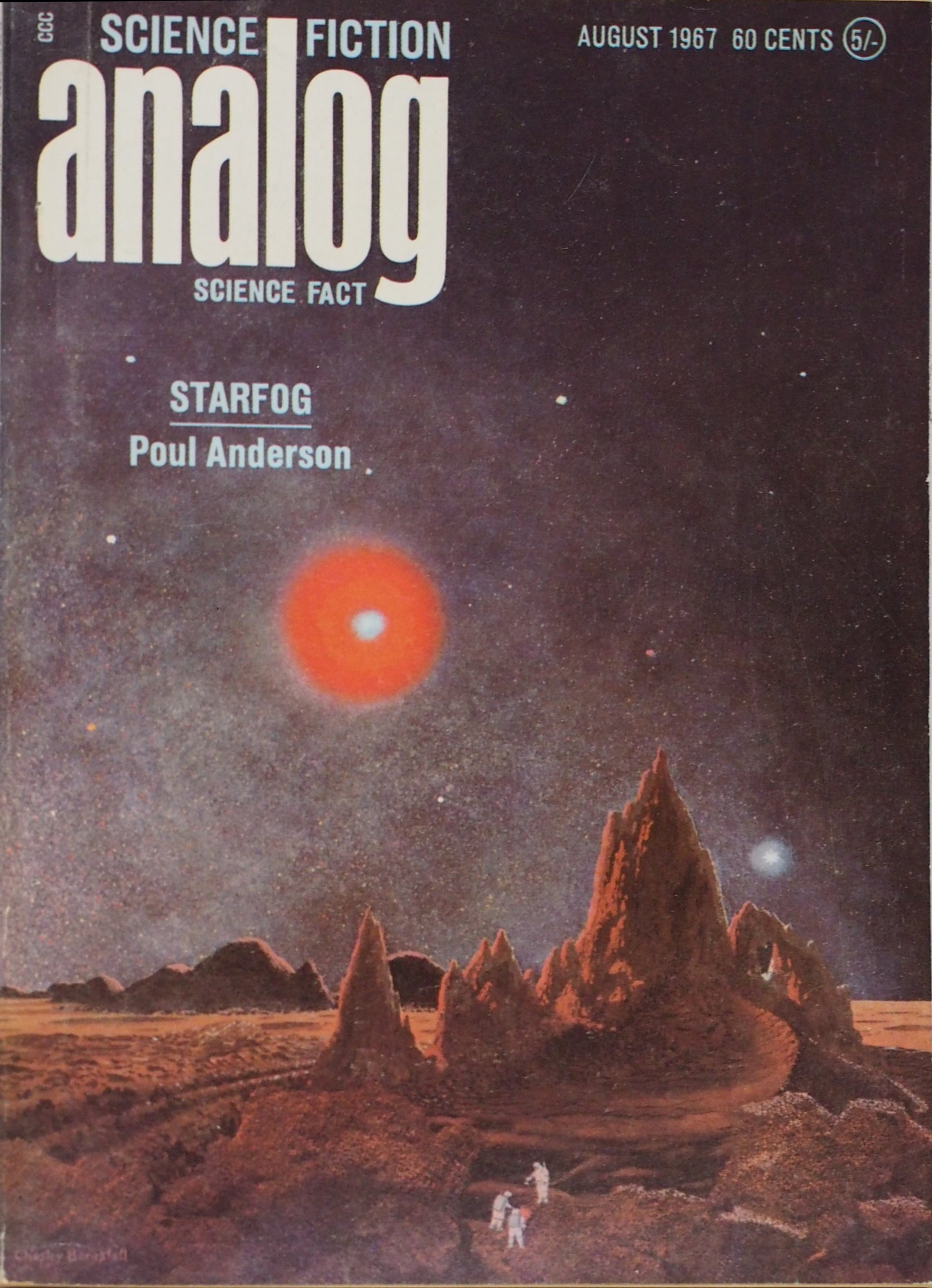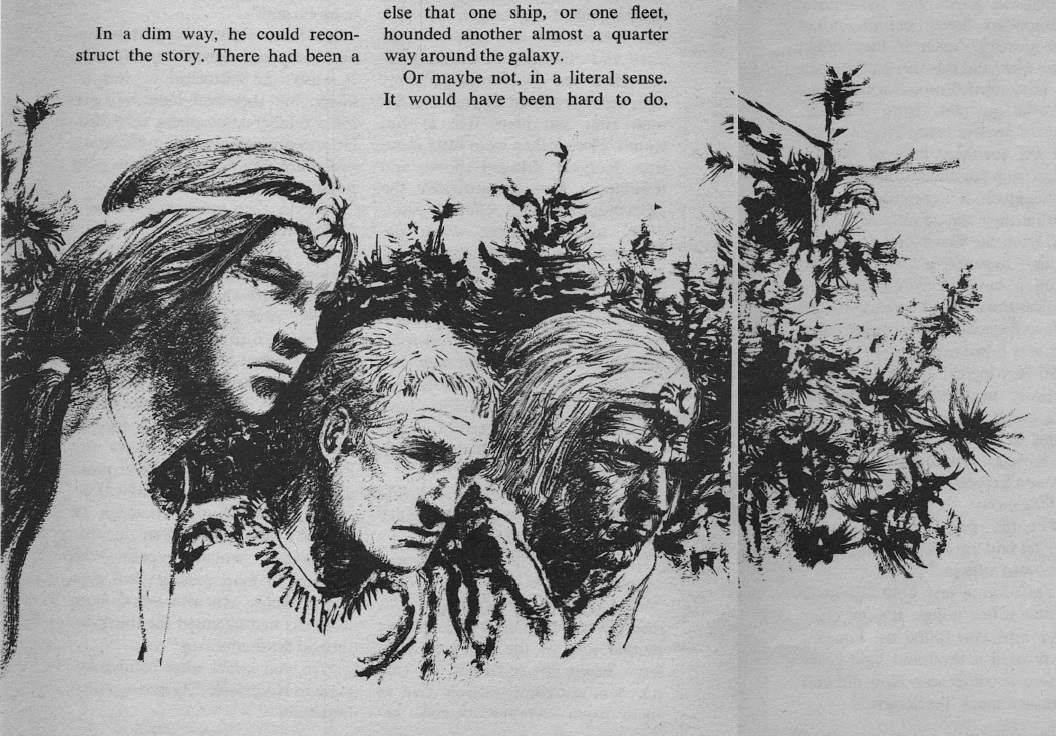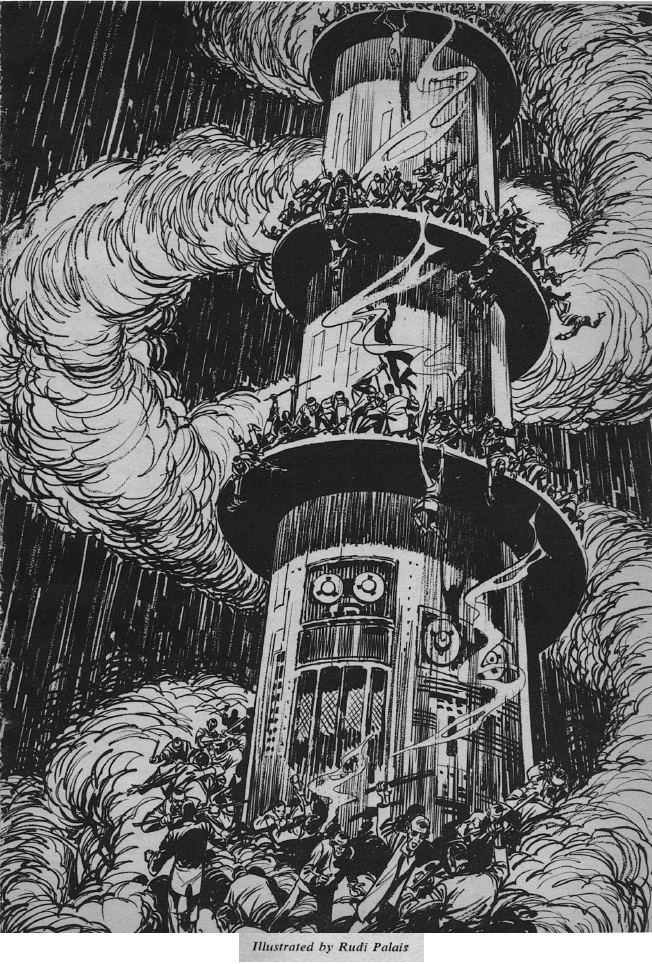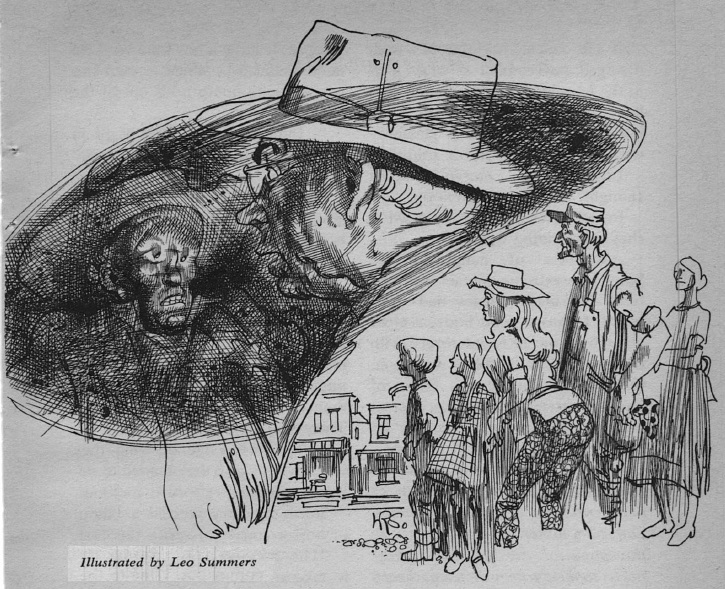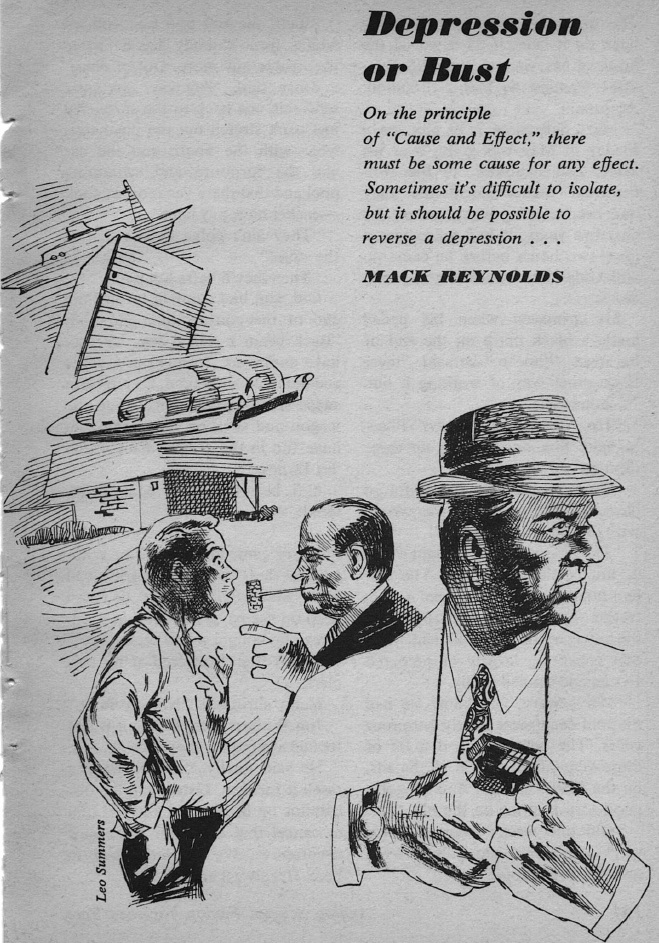
by Gideon Marcus
Inside baseball
In the latest issue of Science Fiction Times, author Norman Spinrad complains that with just four science fiction magazines left, under the helm of three editors, it is impossible for the 250 members of the newly formed Science Fiction Writers of America to make a living at short story writing. Spinrad also says that the editors have their chosen pet authors (Spinrad calls them "whores"), and because they are gauranteed slots, other writers are left in the cold. This, Spinrad maintains, is why so many folks are turning to novels or TV to make ends meet. He feels this is a shame since you can do things with short stories and novelettes you can't do with novel-length pieces. Spinrad notes that we'll never get another Sturgeon, Bradbury, or Cordwainer Smith under the current situation (I note with some amusement that Cordwainer Smith was one of Pohl's so-called "pets", which I guess makes him a brilliant "whore", according to Spinrad's definition).
Spinrad ends his piece urging that writers demand that Amazing and Fantastic end their mainly-reprint policy (they don't pay for them, which has provoked an SFWA boycott) and that Pohl be fired from at least one of his magazines. This, Spinrad asserts, will create more slots, which will encourage more writers, which will generate audience demand, which will promote the creation of more short length outlets, whether magazines or paperbacks.
A name Spinrad does not specifically mention as having a pet policy is Ed Ferman, editor of Fantasy and Science Fiction. Ferman is fairly new to the job, and F&SF has typically cast a wider net to gather its stories. There are also more slots per issue, as F&SF tends toward shorter pieces.
I would thus conclude that, if any place in science fiction would still offer a quality selection of stories, it would be F&SF. They can, after all, print the best of the best that the 250 SFWAers can offer.
Let's open up this month's F&SF and see if that be the case.
Off the slush pile
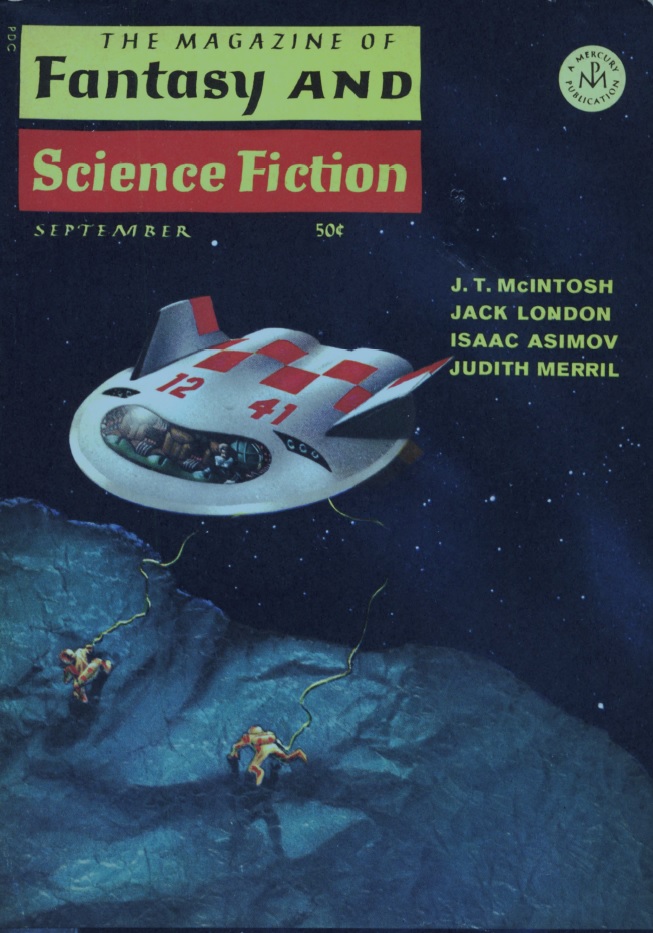
by Richard Corben
Out of Time, Out of Place, by George Collyn
The lead piece is by a fellow we normally see in mags on the other side of the pond (Spinrad did not mention the UK mags as potential markets, but to be fair, there's only one left). Collyn's tale features a spaceman returned from a fifty year voyage to find the world completely changed. He is but ten years aged thanks to relativity, and so he is a young, lonely man utterly divorced from society.
But one day, he finds the most extraordinary woman, and they marry and live in bliss. Until he discovers what she does for a living, and how it relates to an advance in mass media technology called "altrigo"…
The problem with this story, aside from the disturbing ending, is that it's just been done by Kate Wilhem in her piece, Baby, you were great!, which just appeared in Orbit 2. Thus, I knew what was coming miles early. Very distracting.
Three stars.
The Cyclops Juju, by I. Shamus Frazer
The next two stories involve African magic clashing with Westerners. I'm always leery of such tales. They smack of parochialism and usually hinge on a pretty narrow idea of what goes on in the vast continent that straddles the equator. Neither of these pieces disabused me of this view.
Juju takes place in an English boarding school. One of the students has brought a wooden statue of a cyclops, apparently modeled on the prow of an old slaver ship and worshiped as a totem by an African tribe. All of the students who sleep in the same room with it begin experiencing a sequential dream, that they are captive slaves on the ship who break free and land on an island with the slaver crew as captives. Over time, the totem exerts greater and greater control over the students until it is uncertain what is dream and what is reality.
Of course, stories like this depend on willful ignorance on the part of the authority figures so things can get sufficiently out of hand. In the end, this is a reasonably well told horror/fantasy that feels like it would have done well in a prior decade. It feels out of touch here.
Three stars.
Night of the Leopard, by William Sambrot
Faring worse is this piece, involving missionaries sent to Sierra Leone on a peace-corps-esque endeavor. Opposing them is a witch doctor with a draconian control over a starving village and the putative ability to turn into a leopard. The linchpin to defeating him is Eunice Gantly, an American of African extraction (specifically Masai). The witch doctor's attempts to seduce and subvert Eunice end up backlashing. The result is pure Twilight Zone corn.
The problems with this story are several-fold. For one, it was done before, and better, by Richard Matheson in 1960. For this same magazine. Moreover, I take umbrage at the idea that people have these racial memories that can be unlocked. And even then, Eunice and the witch doctor are as related as me (Eastern European Jew) and my wife (Western European mutt). That is to say, we might be the same color, but I doubt our genetics have been within a thousand miles of each other. The idea that all Africans, or even all Sub-Saharan Africans, belong to a single society is laughable and a bit offensive.
Two stars.
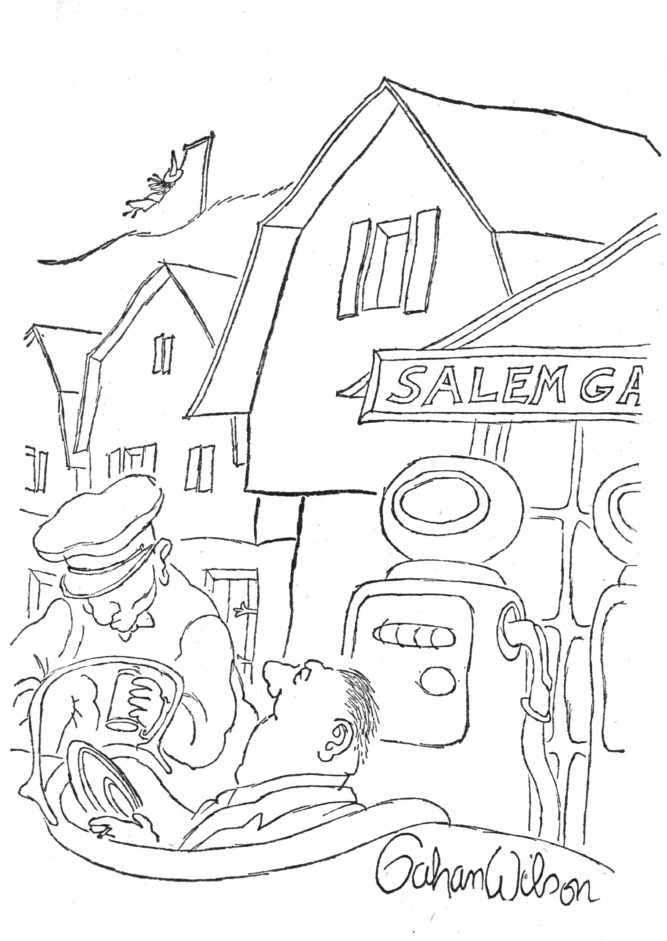
by Gahan Wilson — I think his feature does not better this magazine
The Saw and the Carpenter, by J. T. McIntosh
SF veteran McIntosh offers up this serviceable murder mystery: the son of a space station commander is murdered by a robot. Since robots must be programmed, the culprit must be human. A robot expert is sent to investigate.
The story is reasonably executed, even if the characters all have exotic names like "Bob" and "John" and "Lucy" (one wonders if they were placeholders the author forgot to modify). The ending is…interesting. Apparently, Asimov's Three "Laws" don't always apply.
Anyway, three stars.
A Thousand Deaths, by Jack London
Because there are so many writers submitting pieces to F&SF, it follows that the editor would run…a 70 year old reprint. This early London tale is about a seaman who is subject to a hideous series of experiments in resurrection. Captive of a mad scientist, said sailor is murdered again and again, only to be brought back by a wonder process. But is a life of dying really what you'd call living?
It's all very breathless and pre-pulp, and while fun to an extent, and valuable historically, I'm not sure I'd rather have it than a new story.
Three stars.
Donny Baby, by Susan Trott
A married couple, part of the avocado tree crowd, have a baby the same day their seed finally sprouts. The sapling and the infant seem to have intertwined lives.
Had I read this as I was putting together Rediscovery: Science Fiction by Women (1953-1957), I might have given it three stars. Ten years after the fact, I'm afraid it merits just two.
The Great Borning, by Isaac Asimov
The science article by Dr. A is something of a highlight. I had grown up with all of the names of the geological eras, periods, epochs, etc., but I'd never grasped their meaning. This is an informative etymological piece.
Four stars.
A Secret from Hellas, by I. Yefremov
Finally, another reprint, though it is probably more accurate to call it an import. A sculptor feels compelled to make a particular kind of statue, though he is hampered by an injury to his hand sustained in the war. This piece bears some kinship with the African duo earlier in the piece, although the dreamscape and racial memories in this tale are of Greek origin rather than African.
It is the definition of forgettable but inoffensive. Three stars.
Throw it back
One of Spinrad's points was not only that writers can't find enough short story slots to make a living, but that writers are so discouraged that they aren't even trying to write SF short stories anymore. I suppose that could be the explanation why the once proud Magazine of Fantasy and Science Fiction is reduced to publishing tired clichés and reprints.
But it's a chicken and egg thing, right? If there's no supply of good stories, demand wanes. Once demand wanes, how do you build it back up? Maybe Damon Knight has found the answer with his Orbit series. It may well be time to think about new media for shorter pieces. I think I'd rather have several paperbacks of excellent stuff than a dozen issues of mediocrity. Sure, I'll miss the attendant quirks of each publication — the science articles, the lettercols, the editorial comments, etc., but I think I'd rather just have the good stories and save the auxilary stuff for fanzines and Scientific American.
What do you think?
Better stories from the heyday of science fiction magazines can be found in the two Rediscovery: Science Fiction by Women volumes. Highly recommended!

![[August 18, 1967] The Best and the Brightest? (September 1967 <i>Fantasy and Science Fiction</i>)](https://galacticjourney.org/wp-content/uploads/2022/08/670818cover-653x372.jpg)


![[August 16, 1967] Boxes, Big Steel Boxes: The Rise of the Shipping Container](https://galacticjourney.org/wp-content/uploads/2022/08/Fairland-im-Uberseehafen_Bremenports-768x594-1-672x372.jpg)


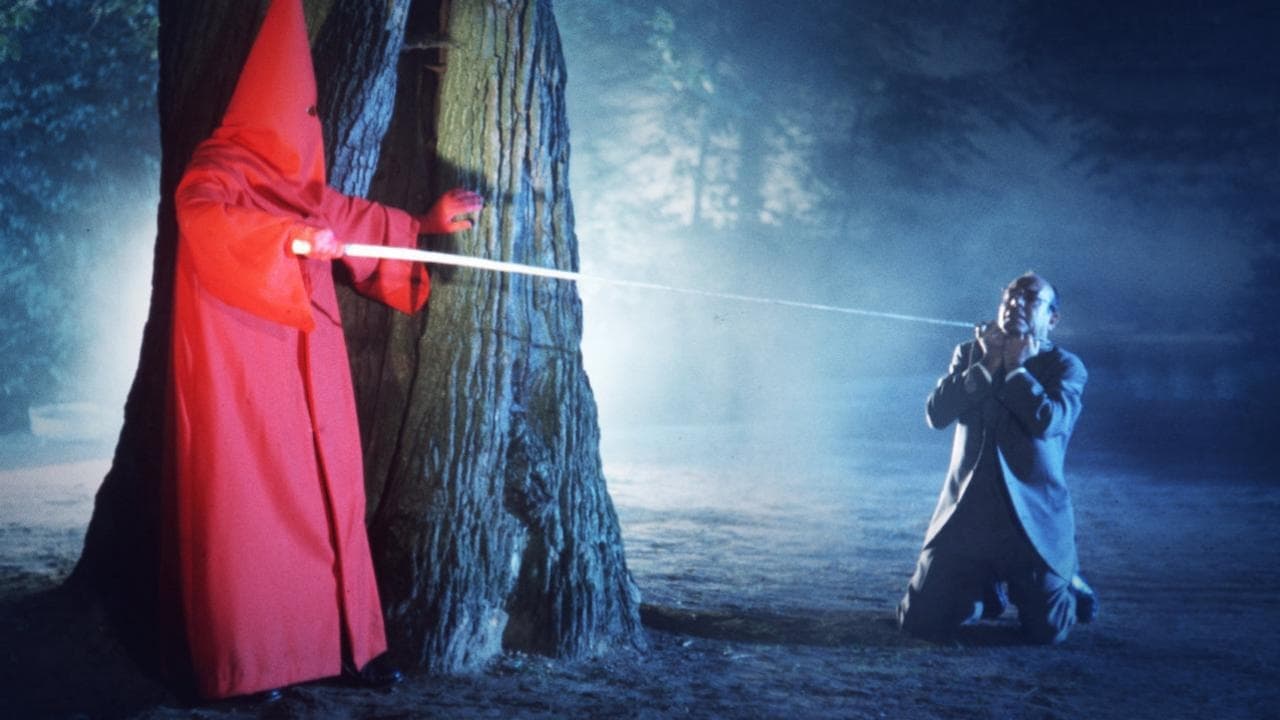
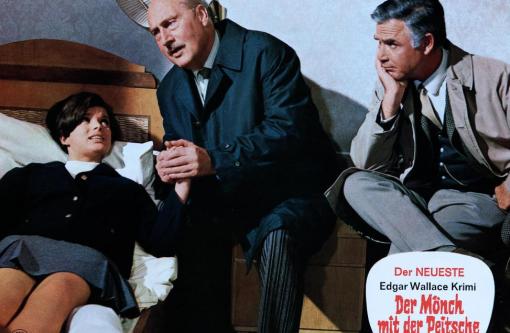








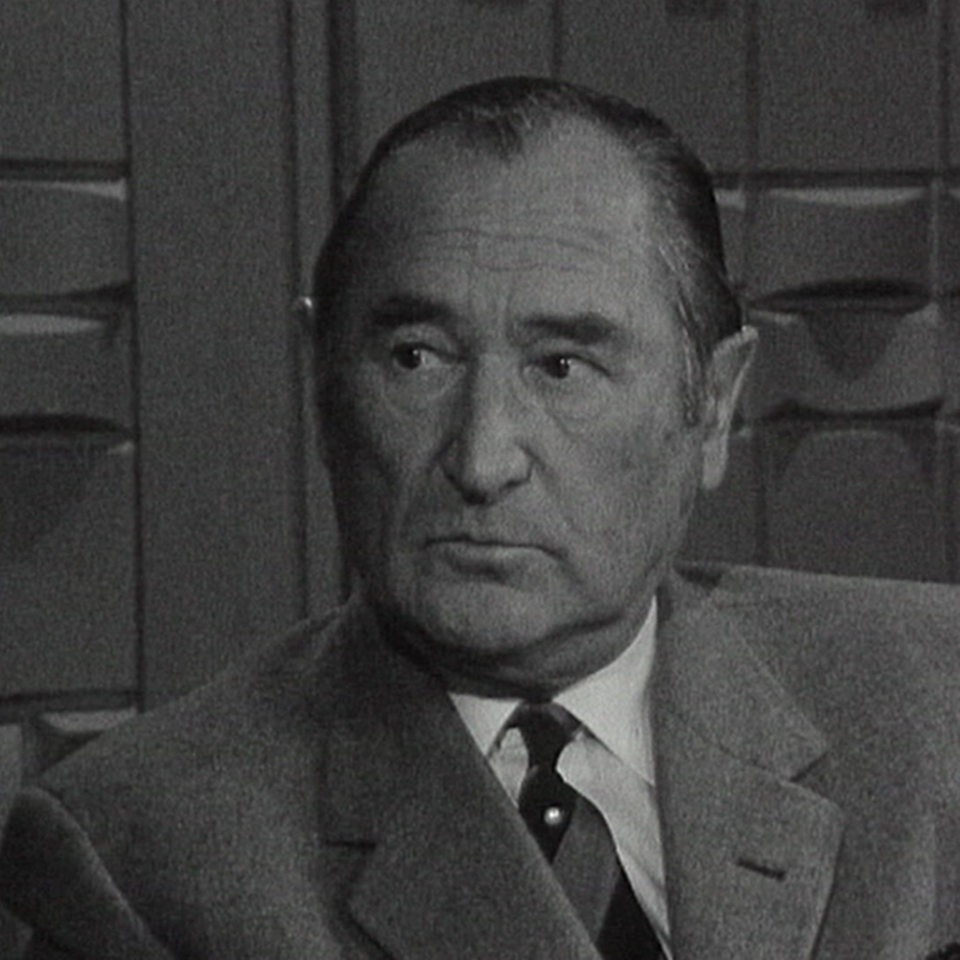








![[August 14, 1967] She Does Everything For Me (<i>Orbit 2</i> by Damon Knight)](https://galacticjourney.org/wp-content/uploads/2022/08/670816cover-410x372.jpg)

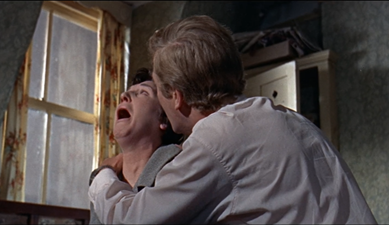
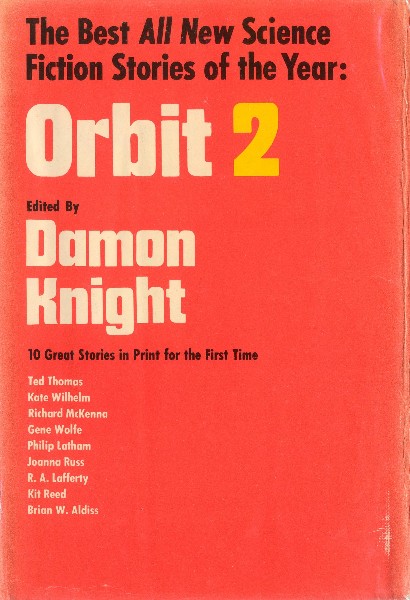
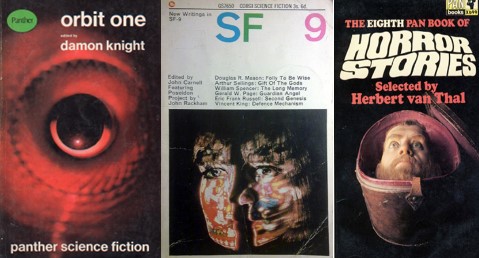
![[August 12, 1967] Planetary Adventures (August 1967 Galactoscope)](https://galacticjourney.org/wp-content/uploads/2022/08/670812covers-672x372.jpg)





![[August 10, 1967] Badger Books: A Farewell and an Introduction](https://galacticjourney.org/wp-content/uploads/2022/08/IMG_6354-672x372.jpg)

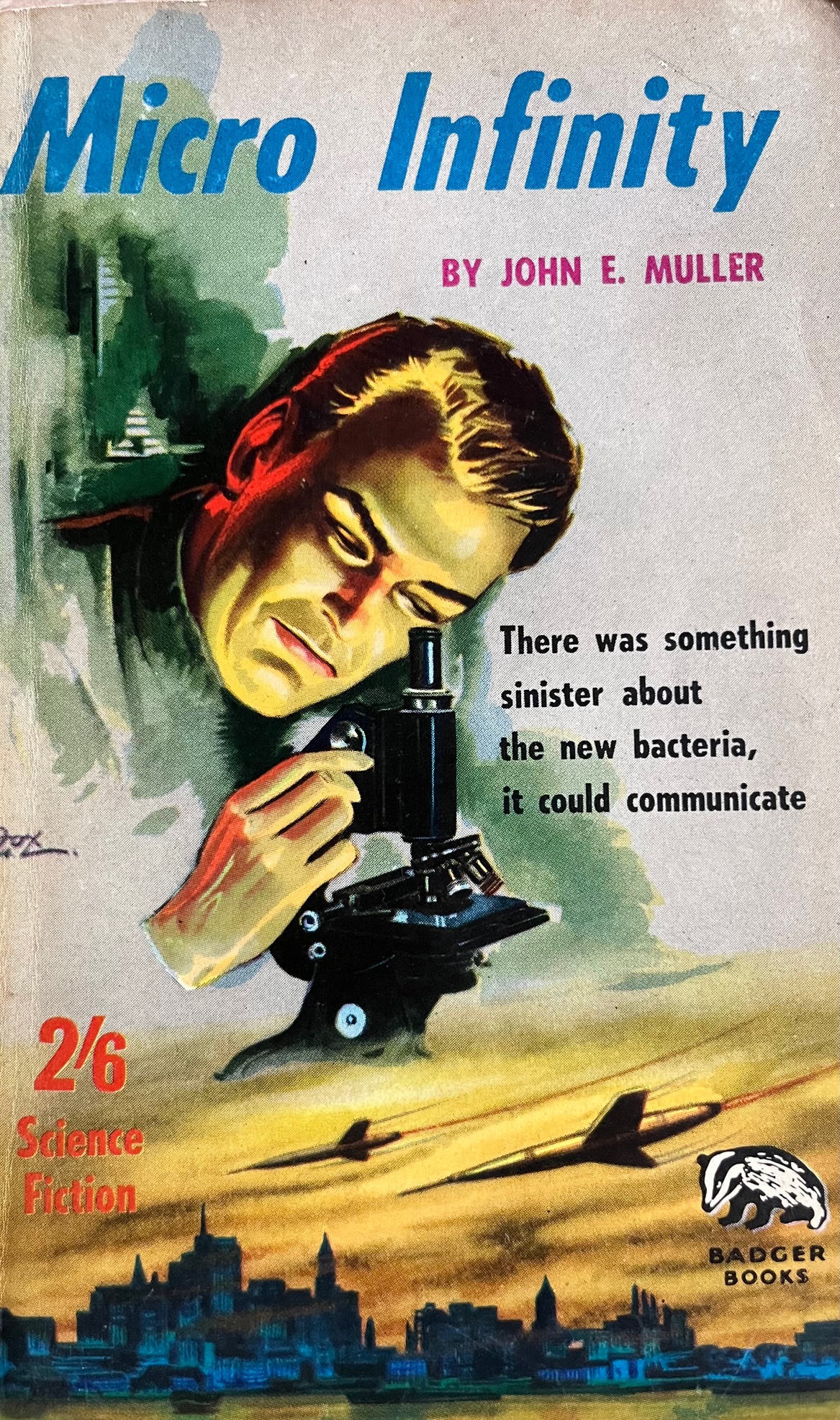 This is what we're losing.
This is what we're losing.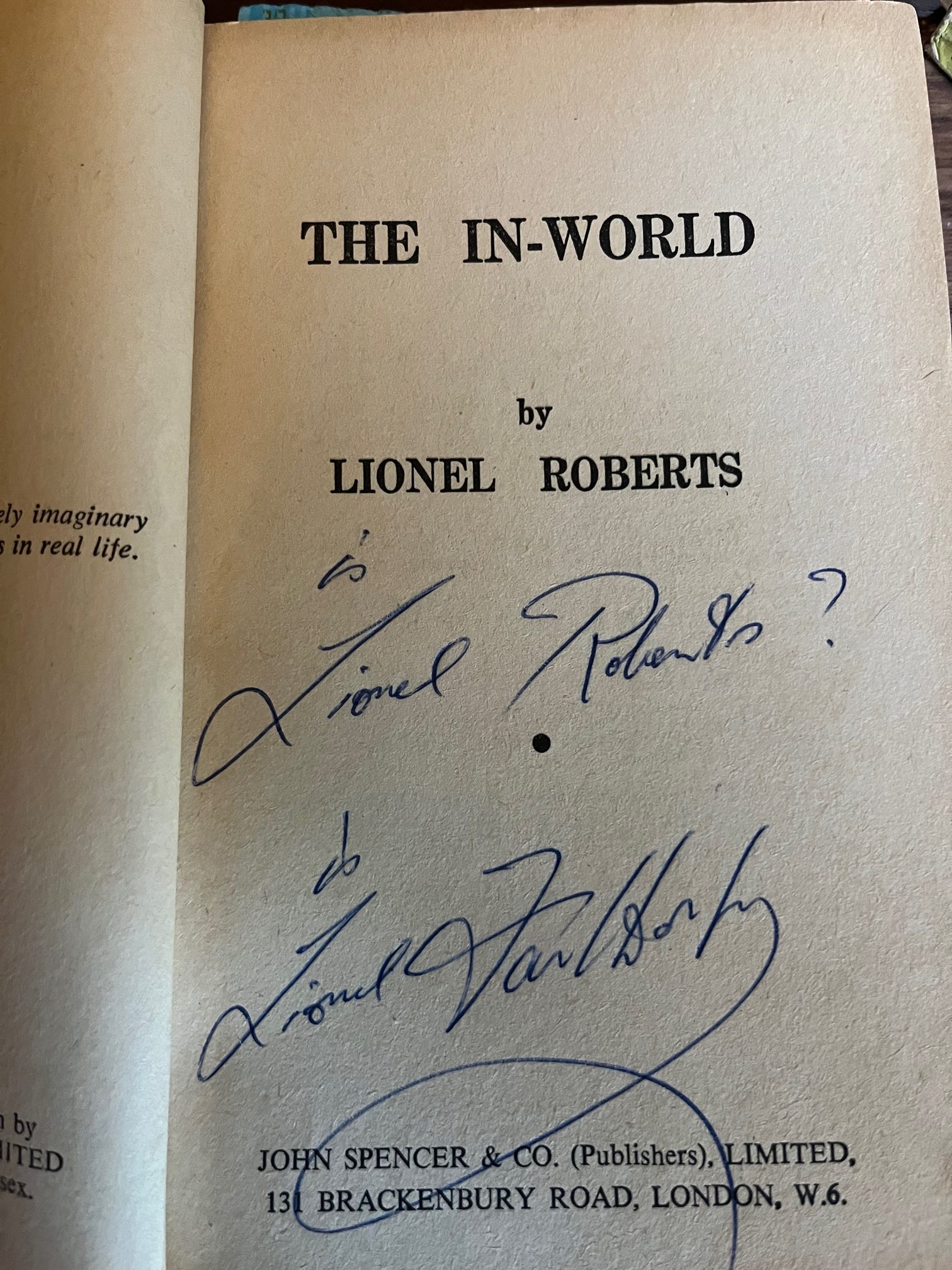 Even Mr Fanthorpe isn't always sure who he is
Even Mr Fanthorpe isn't always sure who he is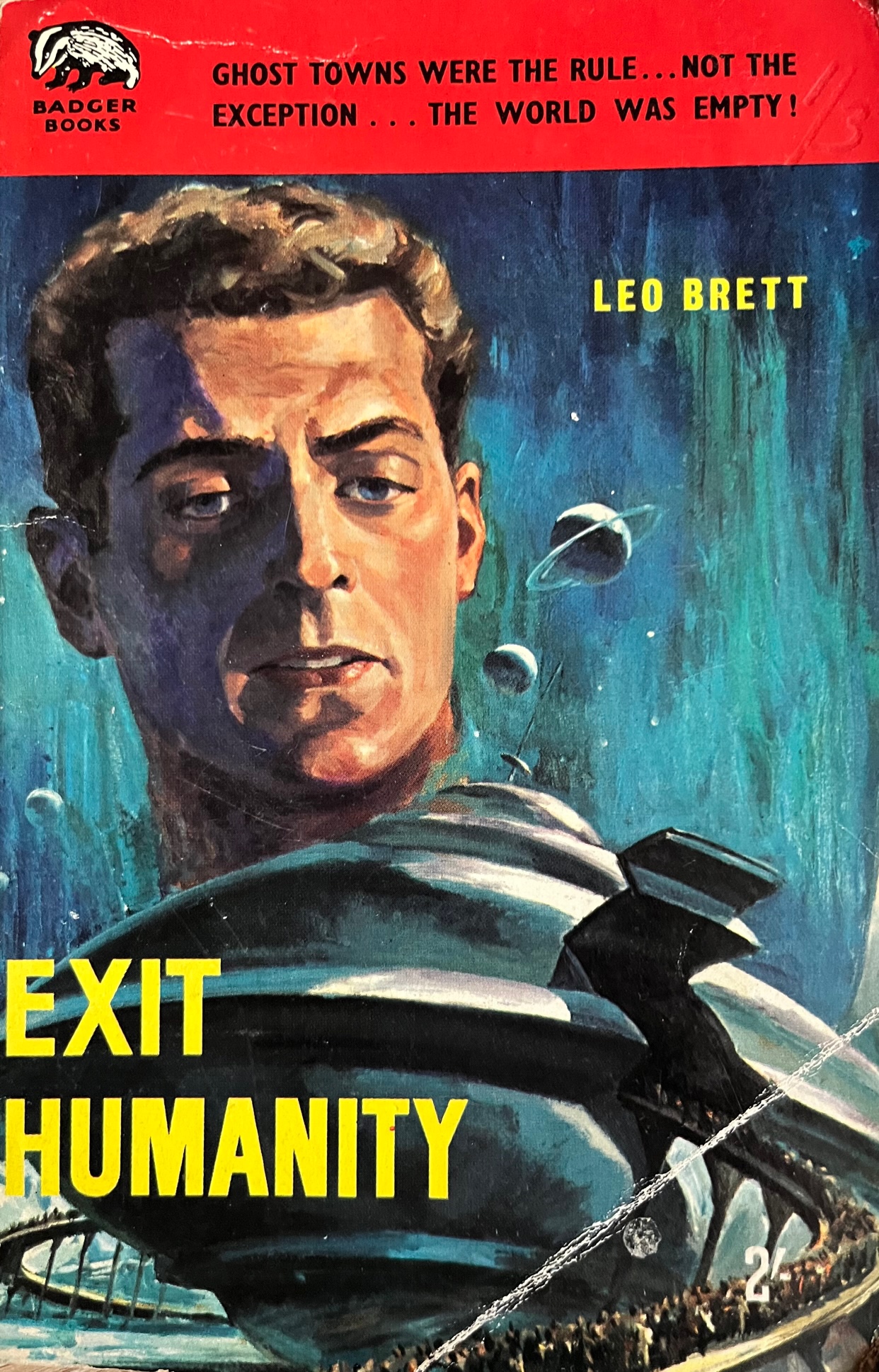 Knowledgeable readers may be able to identify the source.
Knowledgeable readers may be able to identify the source.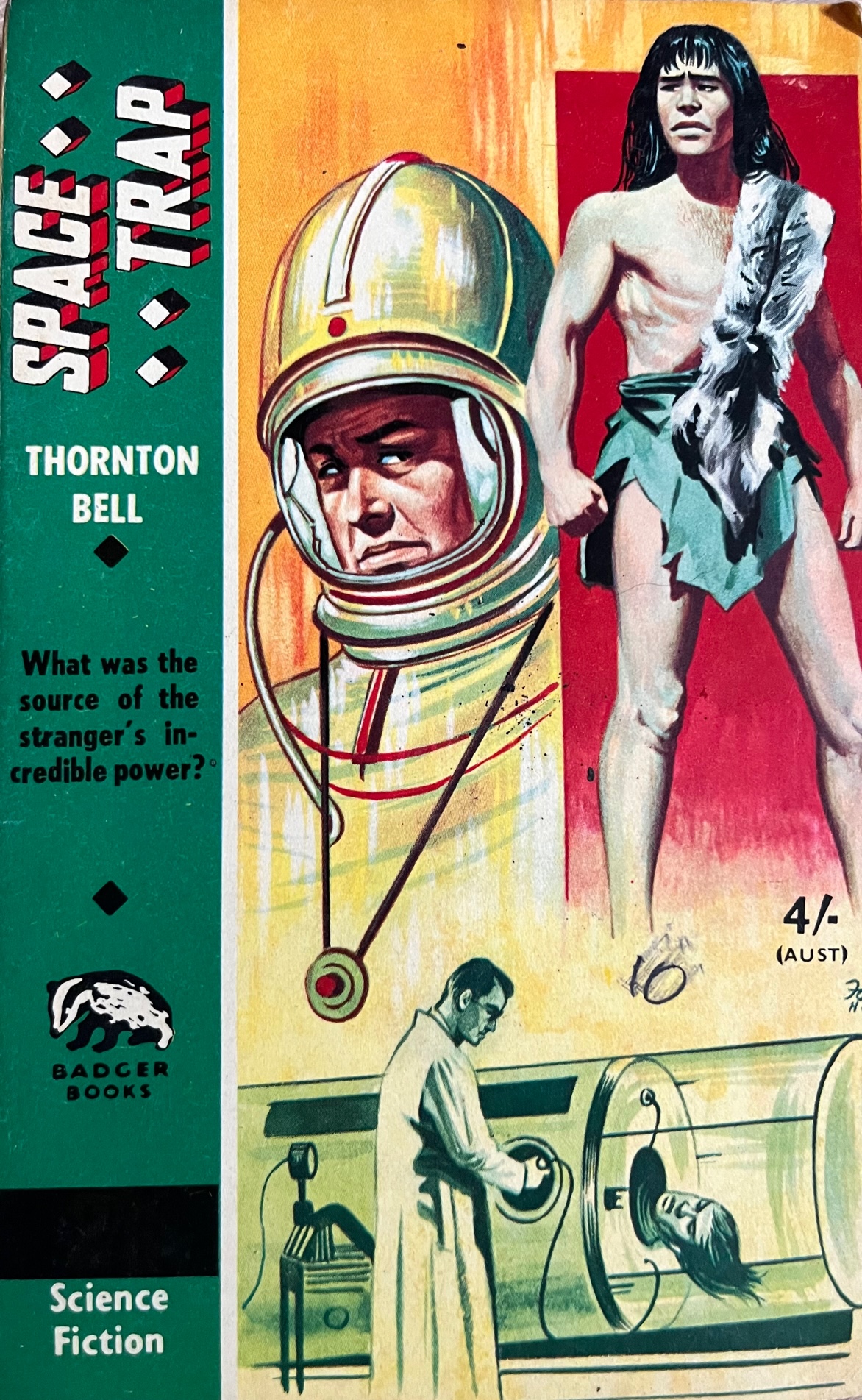 Yes, this really says "medieval China" to me too.
Yes, this really says "medieval China" to me too.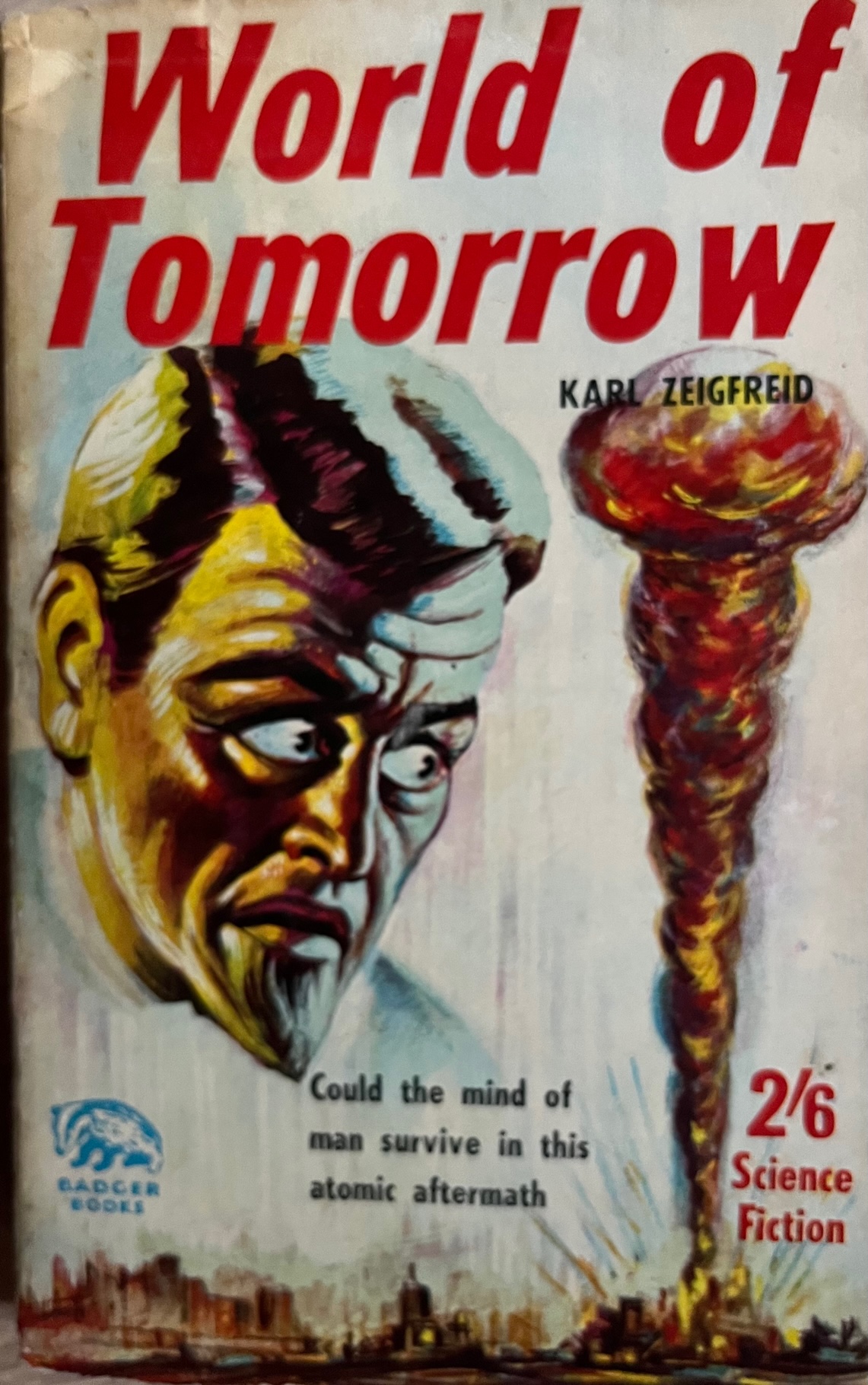 Don't expect it to make sense.
Don't expect it to make sense.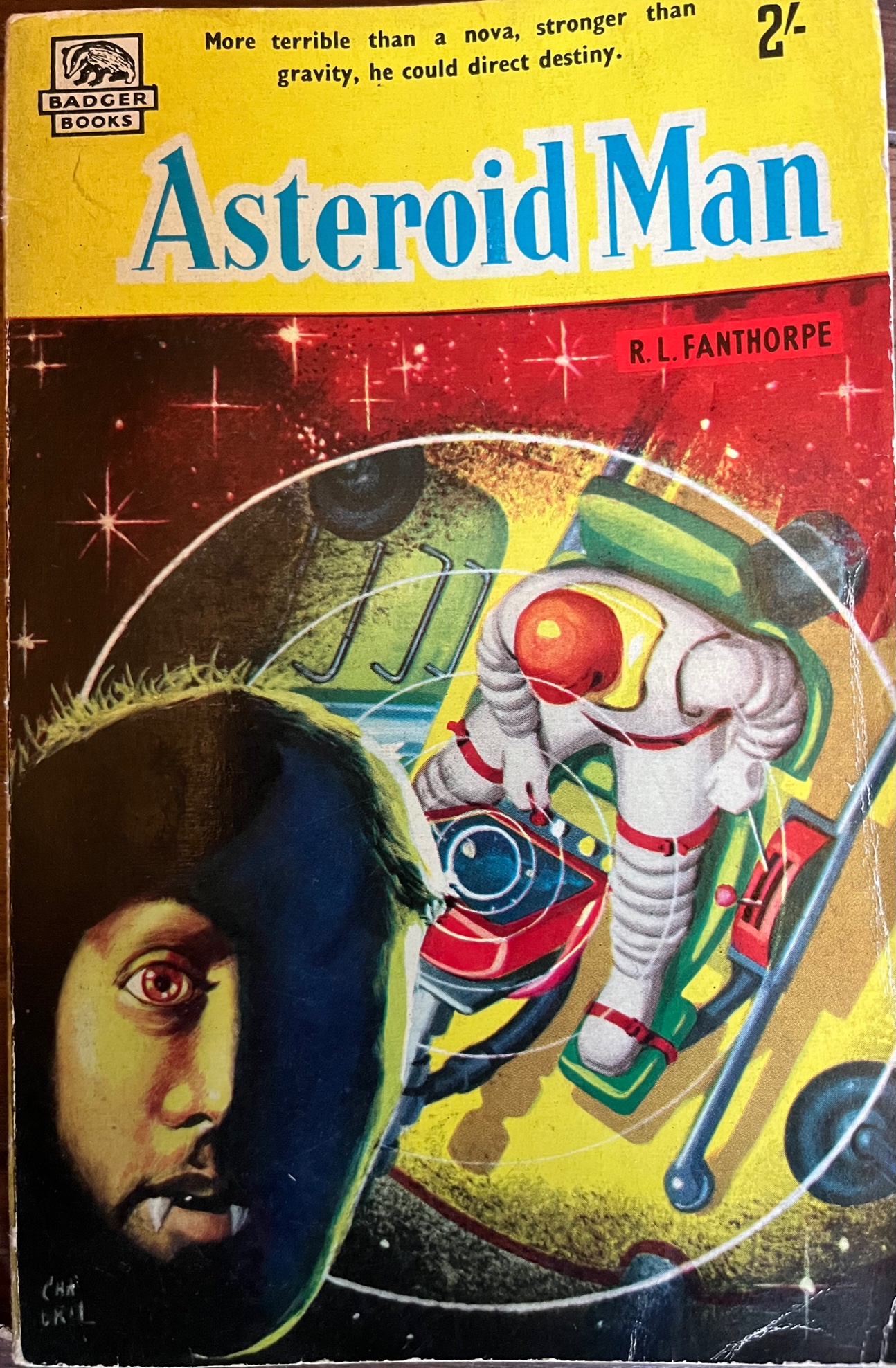 And yes, Fang Guy really *is* in the story.
And yes, Fang Guy really *is* in the story.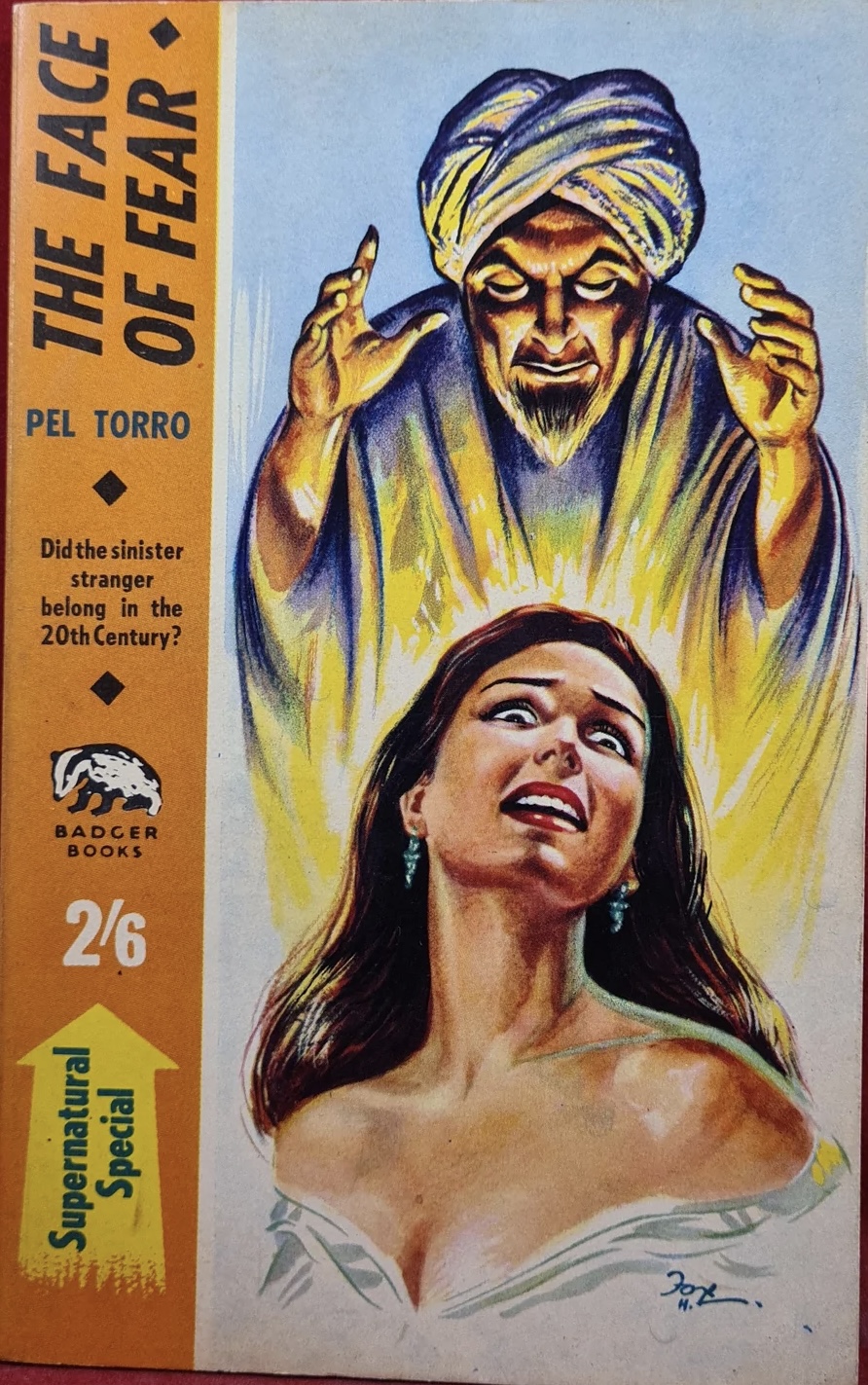 He's a fake fakir.
He's a fake fakir. Yes, this really happened.
Yes, this really happened.![[August 8, 1967] Distant Signals (September 1967 <i>Fantastic</i>)](https://galacticjourney.org/wp-content/uploads/2022/07/Fantastic_v17n01_1967-09_0000-2-672x372.jpg)

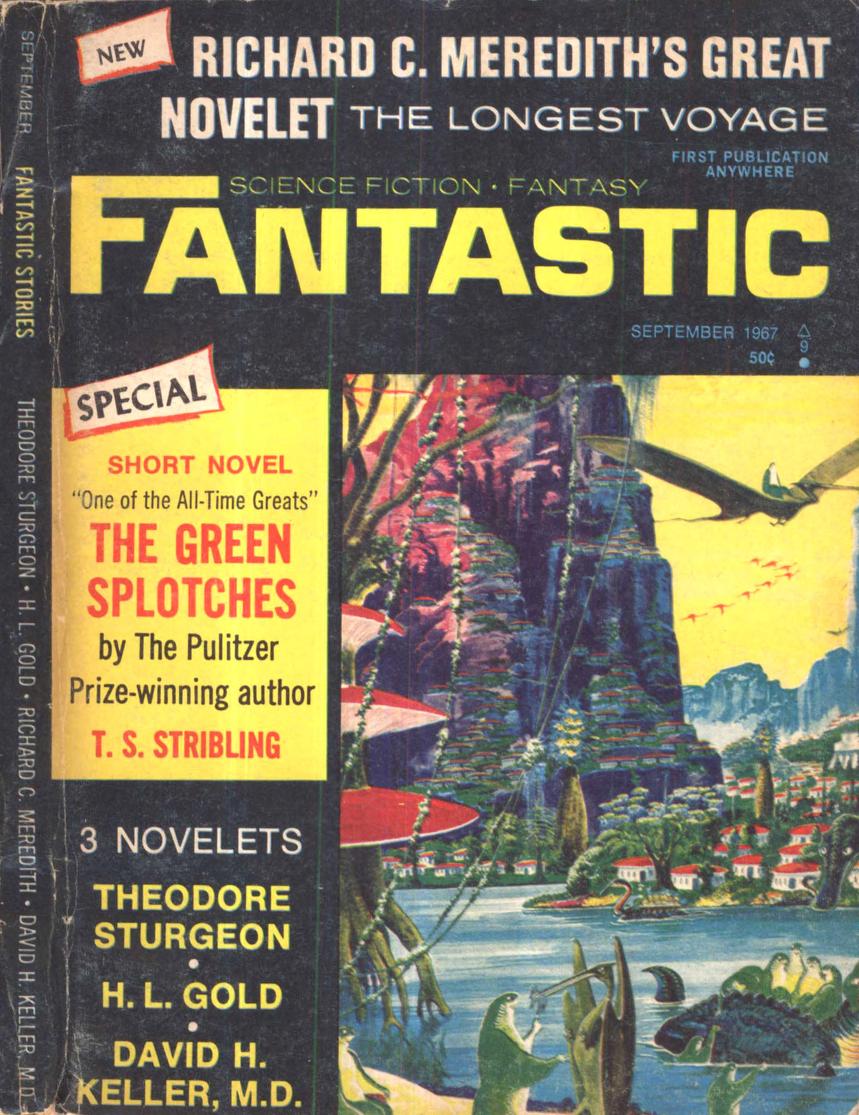
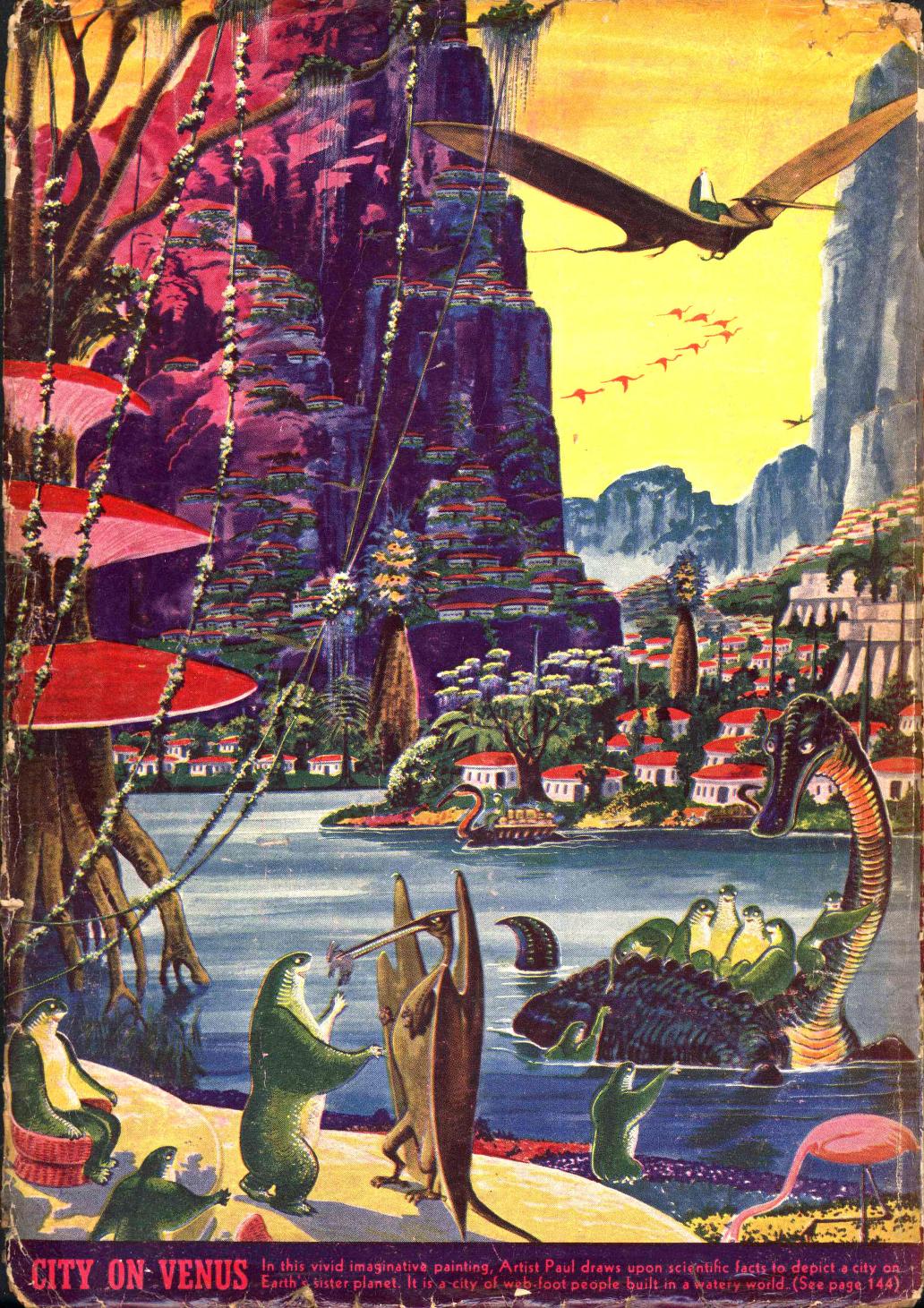

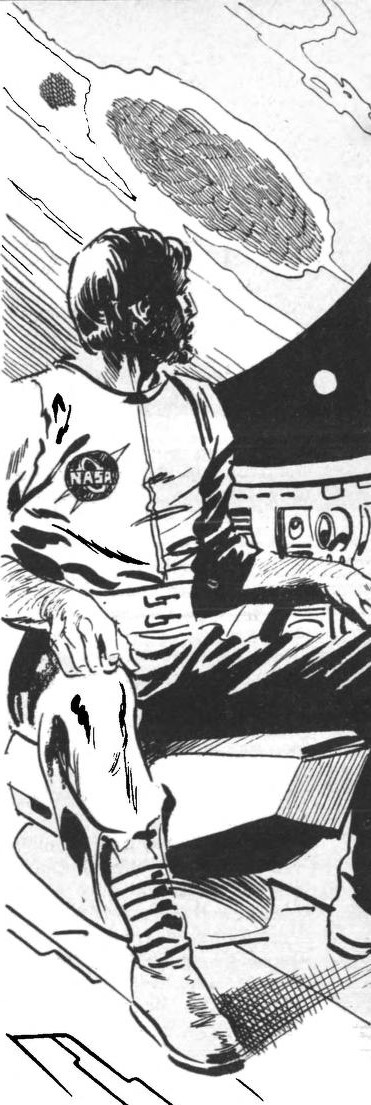
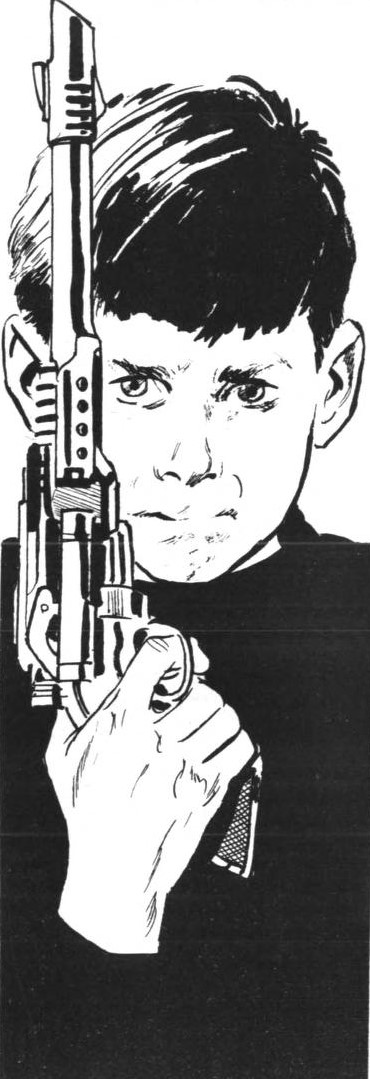
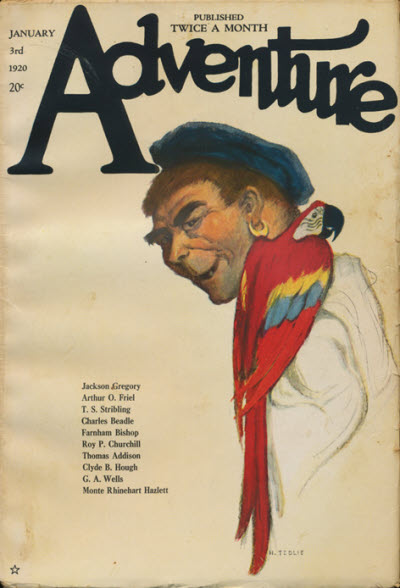
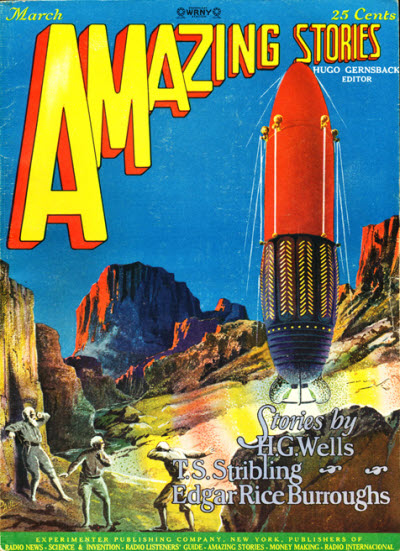
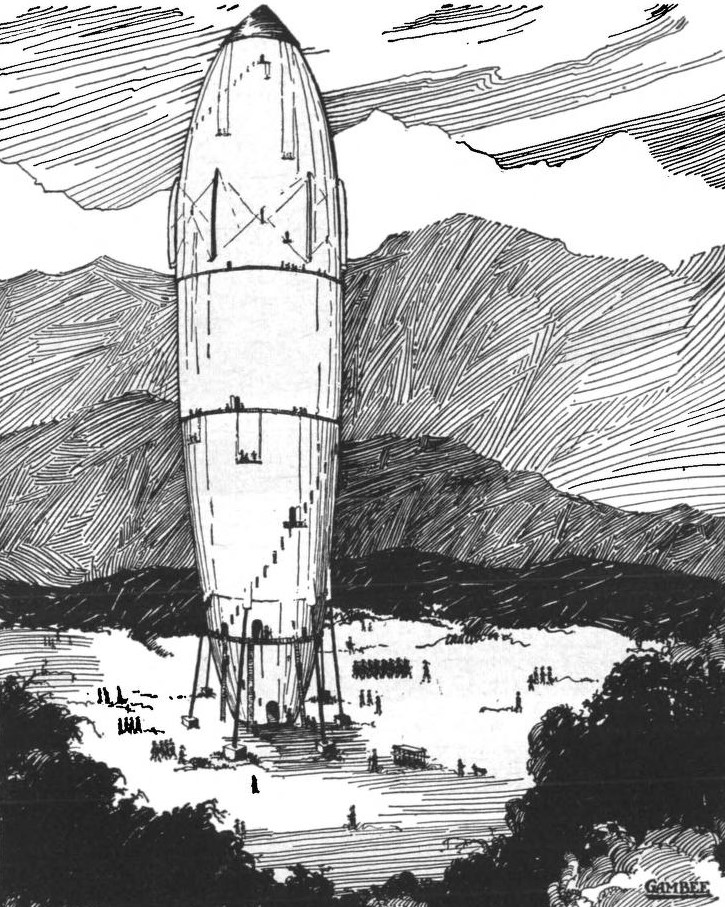
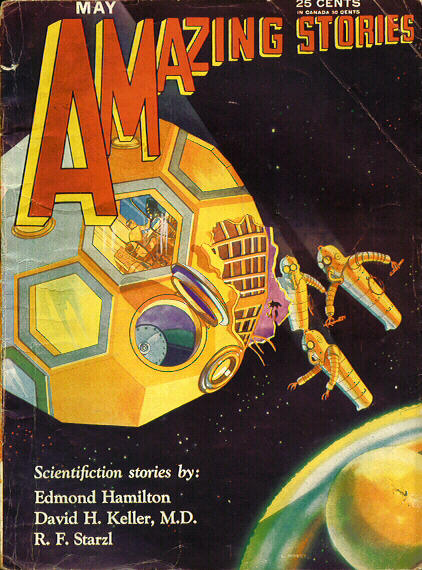
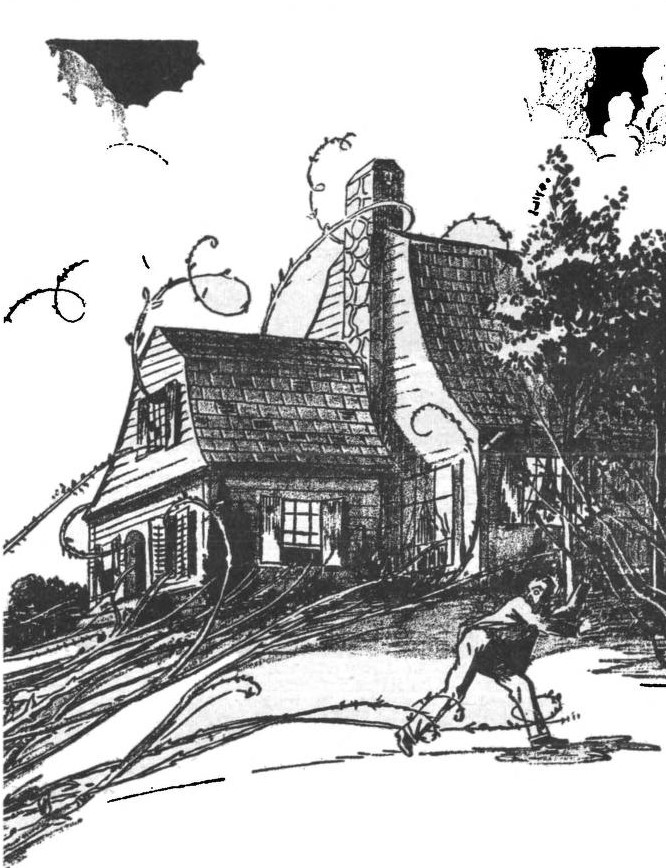
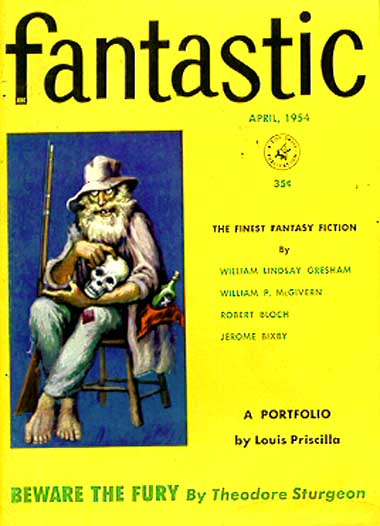
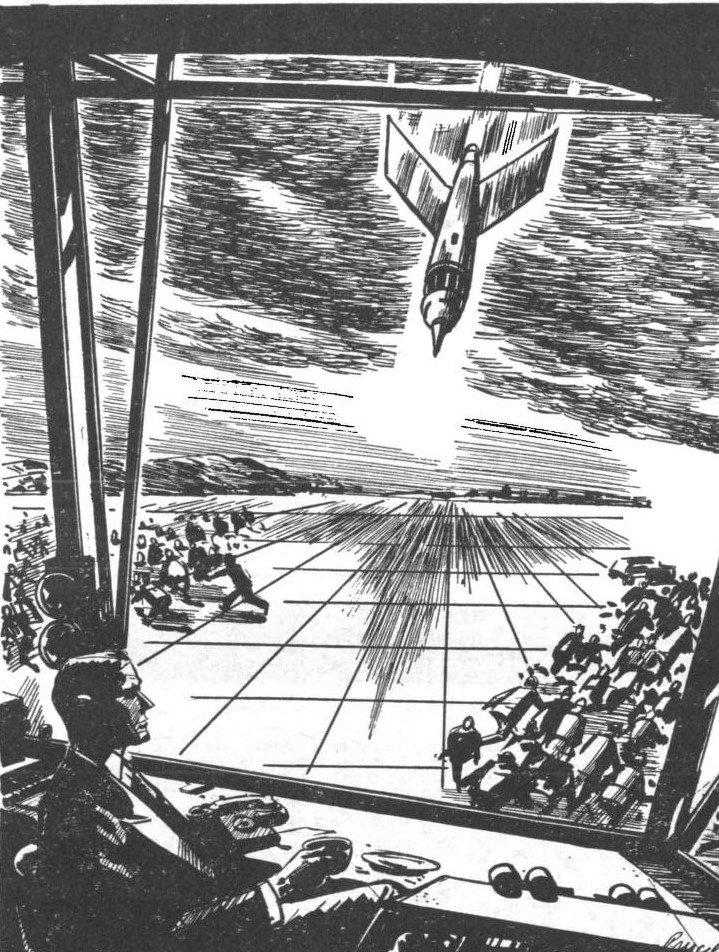
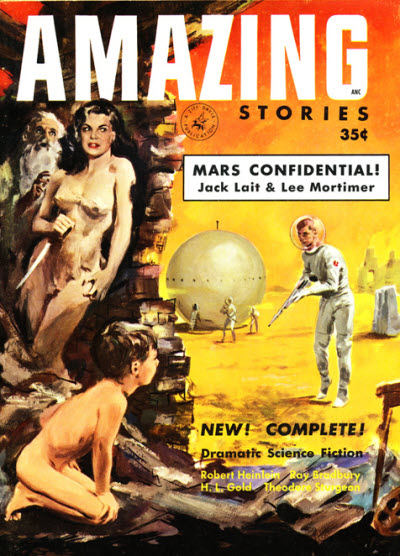

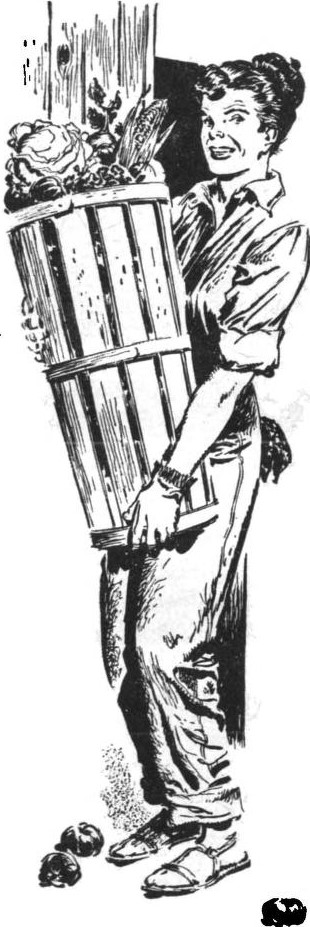
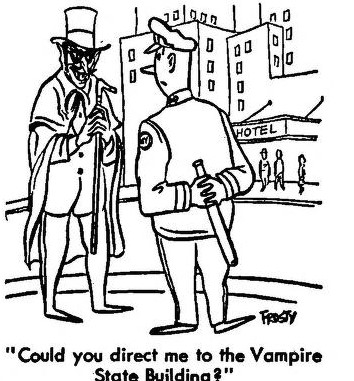
![[August 6, 1967] A Dark Future (<i>The Devil His Due</i> by Douglas Hill)](https://galacticjourney.org/wp-content/uploads/2022/08/Devil-His-Due-2-306x372.jpg)

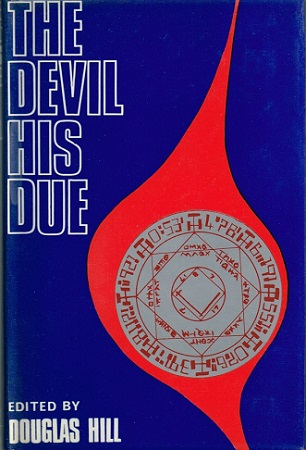
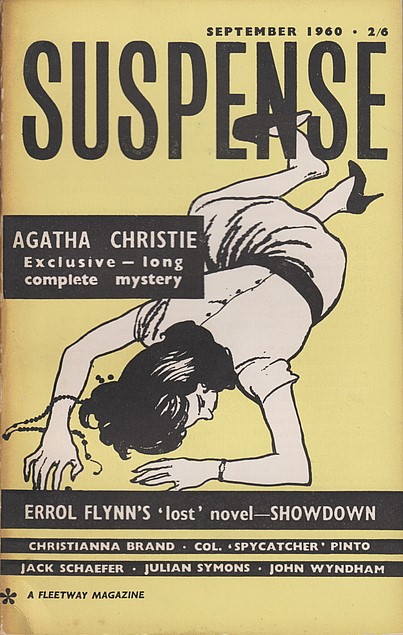
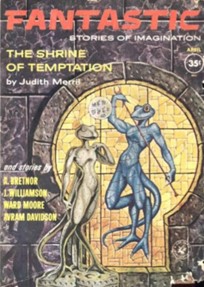
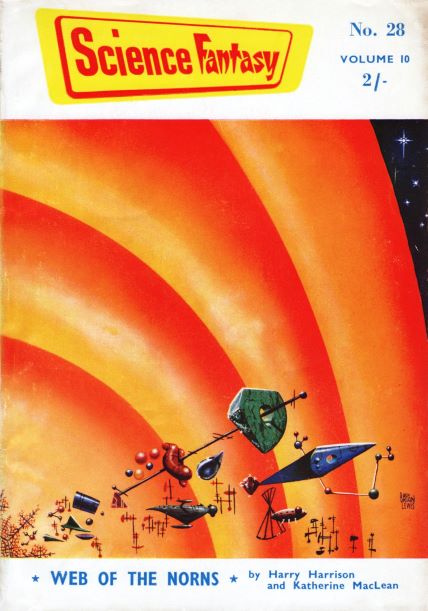

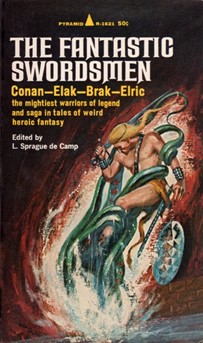

![[August 4, 1967] Bond Movie. James Bond Movie (<i>Casino Royale</i>)](https://galacticjourney.org/wp-content/uploads/2022/08/670427casinoroyale-672x372.jpg)

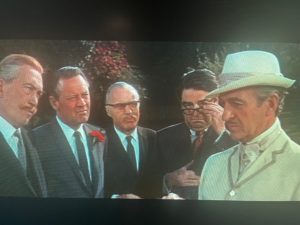 In plot terms, Casino Royale is two almost entirely separate films, tenuously linked by a handful of scenes. The ‘first’ plot features David Niven as a retired, now celibate, British agent named James Bond, who is returned to service when all other agents are being killed off due to their fondness for sex. Bond recruits a new agent, Coop (Terence Cooper), and instigates an anti-sex training programme, thus allowing the movie to have its cake and eat it through sequences of Coop being sexually tempted but boldly resisting. Mata Bond (Bond’s daughter by Mata Hari) is recruited by her father and discovers a plot to auction SMERSH agent Le Chiffre’s collection of blackmail materials to various military forces from across the world, whose senior staff have been photographed in compromising situations.
In plot terms, Casino Royale is two almost entirely separate films, tenuously linked by a handful of scenes. The ‘first’ plot features David Niven as a retired, now celibate, British agent named James Bond, who is returned to service when all other agents are being killed off due to their fondness for sex. Bond recruits a new agent, Coop (Terence Cooper), and instigates an anti-sex training programme, thus allowing the movie to have its cake and eat it through sequences of Coop being sexually tempted but boldly resisting. Mata Bond (Bond’s daughter by Mata Hari) is recruited by her father and discovers a plot to auction SMERSH agent Le Chiffre’s collection of blackmail materials to various military forces from across the world, whose senior staff have been photographed in compromising situations. Meanwhile Mata and Bond travel to Casino Royale, where they discover the mastermind behind SMERSH, Doctor Noah, is in fact Jimmy Bond, Bond’s nephew (Woody Allen), who has become a supervillain through feelings of inadequacy. Noah is tricked into swallowing a pill that turns him into a walking atomic bomb and a free-for-all breaks out in the casino, with invasions by cowboys, Indians, seals, the Keystone Kops, a French legionnaire, and actor George Raft — the whole thing eventually blowing sky-high as the heroes fail to prevent Noah from exploding.
Meanwhile Mata and Bond travel to Casino Royale, where they discover the mastermind behind SMERSH, Doctor Noah, is in fact Jimmy Bond, Bond’s nephew (Woody Allen), who has become a supervillain through feelings of inadequacy. Noah is tricked into swallowing a pill that turns him into a walking atomic bomb and a free-for-all breaks out in the casino, with invasions by cowboys, Indians, seals, the Keystone Kops, a French legionnaire, and actor George Raft — the whole thing eventually blowing sky-high as the heroes fail to prevent Noah from exploding.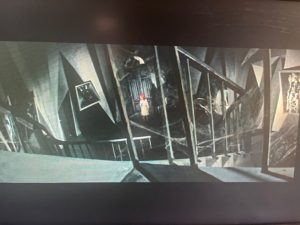 Certain elements of the story are indeed more or less direct spoofs, either of the James Bond franchise itself or of the wider spy series craze. The film starts with a pre-credits sequence which is just a tiny scene of Bond meeting a French agent in a pissoir, simultaneously setting up and destroying expectations of a James Bond-style pre-credits action sequence. Mata Bond’s trip to Germany places her within a stage set straight out of The Cabinet of Doctor Caligari, in a nod to the huge debt the spy film genre owes to Expressionist artform. The supporting cast includes people who’ve either appeared in Bond movies or the many independent television spy series that have cashed in on the Bond craze, notably Ursula Andress but also Vladek Sheybal and promising young character actor Burt Kwouk. As in many spy series, doubles and duplicates turn up frequently. The bizarre conceit of having all the agents, male, female, and, by the end of the adventure, animals, named James Bond/007, can be construed as a sly comment on the fact more than one actor has played Bond, or even a metatextual joke about the proliferation of code-names and numbers in such series. And, of course, the villain is motivated by a sense of personal and sexual inadequacy—what spy series villain isn’t?
Certain elements of the story are indeed more or less direct spoofs, either of the James Bond franchise itself or of the wider spy series craze. The film starts with a pre-credits sequence which is just a tiny scene of Bond meeting a French agent in a pissoir, simultaneously setting up and destroying expectations of a James Bond-style pre-credits action sequence. Mata Bond’s trip to Germany places her within a stage set straight out of The Cabinet of Doctor Caligari, in a nod to the huge debt the spy film genre owes to Expressionist artform. The supporting cast includes people who’ve either appeared in Bond movies or the many independent television spy series that have cashed in on the Bond craze, notably Ursula Andress but also Vladek Sheybal and promising young character actor Burt Kwouk. As in many spy series, doubles and duplicates turn up frequently. The bizarre conceit of having all the agents, male, female, and, by the end of the adventure, animals, named James Bond/007, can be construed as a sly comment on the fact more than one actor has played Bond, or even a metatextual joke about the proliferation of code-names and numbers in such series. And, of course, the villain is motivated by a sense of personal and sexual inadequacy—what spy series villain isn’t? However, both plots reach their highest, as well as their lowest, moments when they embrace the surreal comedy ethos. Arguably this started with The Goon Show, of which Sellers was a key member, before really finding its home with audiences in the Sixties. Current examples of this genre include What’s New, Pussycat?, Round The Horne, the Dadaist stylings of the Bonzo Dog Doo-Dah Band and At Last the 1948 Show. The trend is gaining strength: reportedly Paul McCartney is also a fan and is keen to adopt fantastical elements into Beatles films. So it’s not surprising, given the involvement of Sellers and Feldman, that Casino Royale would be taken in such a direction.
However, both plots reach their highest, as well as their lowest, moments when they embrace the surreal comedy ethos. Arguably this started with The Goon Show, of which Sellers was a key member, before really finding its home with audiences in the Sixties. Current examples of this genre include What’s New, Pussycat?, Round The Horne, the Dadaist stylings of the Bonzo Dog Doo-Dah Band and At Last the 1948 Show. The trend is gaining strength: reportedly Paul McCartney is also a fan and is keen to adopt fantastical elements into Beatles films. So it’s not surprising, given the involvement of Sellers and Feldman, that Casino Royale would be taken in such a direction.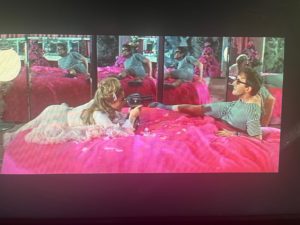 The picture’s surreal comedy doesn’t always work. For instance, there’s an annoyingly self-indulgent sequence which seems just an excuse for Sellers to dress up as historical characters. Others are better: Niven’s Bond, for instance, lives on an estate guarded by a pride of lions (“I did not come here to be devoured by symbols of monarchy!” protests the Soviet head of espionage), and the idea James Bond and Mata Hari had a relationship is a somehow appropriate melding of the archetypes of the male and female spy. Mata Bond stops the auction of Le Chiffre’s compromising photos by switching the projector to a war film: as if triggered, the British, American, Chinese and Russian representatives instantly all start fighting each other, in a comment on the Cold War worthy of
The picture’s surreal comedy doesn’t always work. For instance, there’s an annoyingly self-indulgent sequence which seems just an excuse for Sellers to dress up as historical characters. Others are better: Niven’s Bond, for instance, lives on an estate guarded by a pride of lions (“I did not come here to be devoured by symbols of monarchy!” protests the Soviet head of espionage), and the idea James Bond and Mata Hari had a relationship is a somehow appropriate melding of the archetypes of the male and female spy. Mata Bond stops the auction of Le Chiffre’s compromising photos by switching the projector to a war film: as if triggered, the British, American, Chinese and Russian representatives instantly all start fighting each other, in a comment on the Cold War worthy of  Furthermore, the surrealist aspect transforms some of the problems and conflicts that arose during its production, from potential flaws to part of an overarching psychedelic atmosphere. Orson Welles had apparently insisted on performing magic tricks on camera, but these become both a send-up of the contrived “eccentricities” of spy-series villains and a deeper comment on illusion and artifice. The title sequence, which starts out as a simple riff on Bond films’ animated credits, becomes increasingly disconcerting, the imagery including walls of eyes staring pitilessly out at the viewer, with connotations of surveillance and voyeurism.
Furthermore, the surrealist aspect transforms some of the problems and conflicts that arose during its production, from potential flaws to part of an overarching psychedelic atmosphere. Orson Welles had apparently insisted on performing magic tricks on camera, but these become both a send-up of the contrived “eccentricities” of spy-series villains and a deeper comment on illusion and artifice. The title sequence, which starts out as a simple riff on Bond films’ animated credits, becomes increasingly disconcerting, the imagery including walls of eyes staring pitilessly out at the viewer, with connotations of surveillance and voyeurism. At the climax, the presence of multiple James Bonds escalates into a scenario where literally everyone becomes the titular hero; and this, together with the recurrence of doubles and duplicates, poses serious questions about how we construct our identity in modern society. At the end, everyone dies, going to Heaven or Hell, the accompanying random images and cheery music underscoring that there can be no guaranteed rescue or happy-ever-after in the atomic age.
At the climax, the presence of multiple James Bonds escalates into a scenario where literally everyone becomes the titular hero; and this, together with the recurrence of doubles and duplicates, poses serious questions about how we construct our identity in modern society. At the end, everyone dies, going to Heaven or Hell, the accompanying random images and cheery music underscoring that there can be no guaranteed rescue or happy-ever-after in the atomic age.![[August 2, 1967] The Bounds of Good Taste (September 1967 <i>IF</i>)](https://galacticjourney.org/wp-content/uploads/2022/07/IF-Cover-1967-09-672x372.jpg)

 President de Gaulle with foot firmly in mouth.
President de Gaulle with foot firmly in mouth. This alien dude ranch has become a popular honeymoon spot. Art by Gray Morrow
This alien dude ranch has become a popular honeymoon spot. Art by Gray Morrow![[July 31, 1967] Canceling waves (August 1967 <i>Analog</i>)](https://galacticjourney.org/wp-content/uploads/2022/07/670731cover-672x372.jpg)
